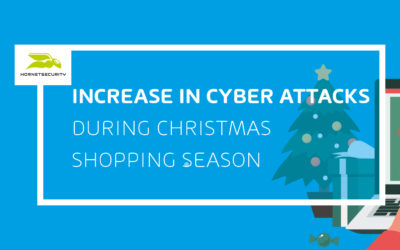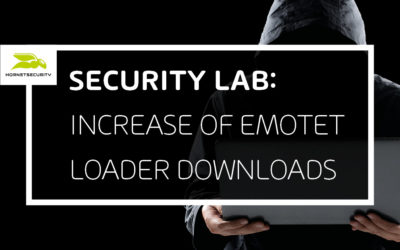Hornetsecurity Blog
Get regular updates from the world of cloud security
In our blog, the Hornetsecurity team – especially the experts from the Security Lab – regularly report on IT security topics as well as on current innovations and events at Hornetsecurity.
Increase in cybercrime in the pre-Christmas season
New Infopaper gives tips on how to best protect your businessThe year is coming to an end, and the earliest shoppers are thinking about what to give their loved ones for Christmas. Online stores and local businesses in turn are preparing for the high-volume,...
Hornetsecurity included in Gartner’s 2020 Market Guide for Email Security
Email Conversation Thread Hijacking
Emotet Update increases Downloads
The webshells powering Emotet
Privacy Shield: The end of transatlantic data exchange?
+++ INFORMATION +++ Currently, it is recommended that affected data flows be identified and switched to alternatives that meet the required level of protection under GDPR. We would therefore like to assure you that Hornetsecurity's cloud email security services are...











